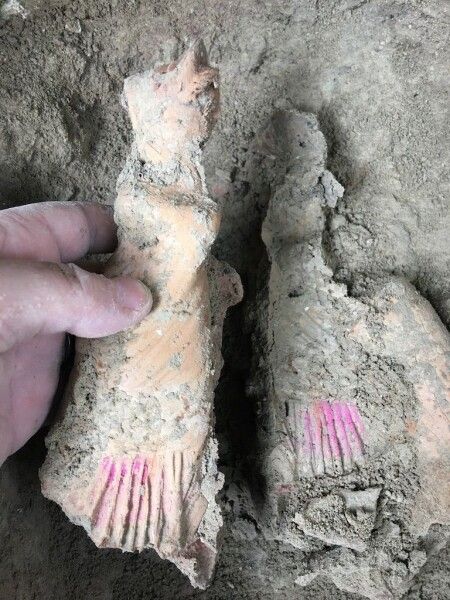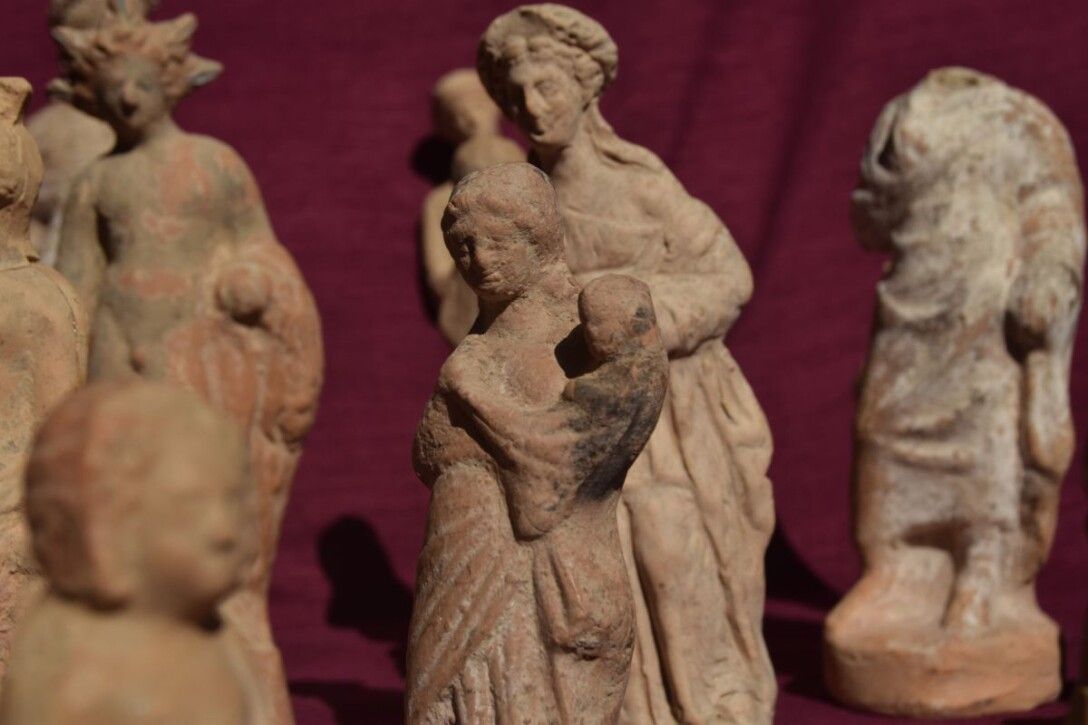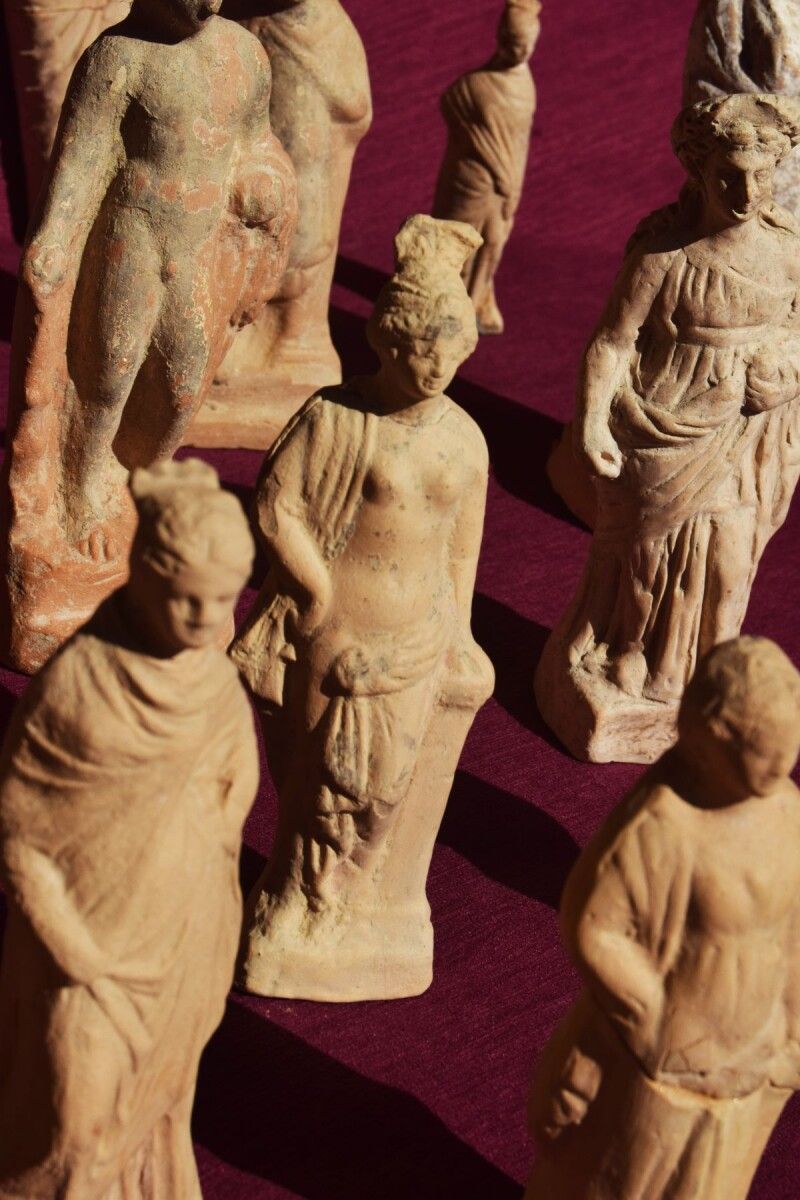Came through time. 2,000-year-old terracotta figurines discovered in Turkey
Among the statuettes, both ordinary mortals and ancient gods were depicted.
Archaeologists have found dozens of terracotta figurines over 2,000 years old. They depict both the ancient gods and ordinary mortals — men, women, cavalry and animals, writes Live Science.
In some places, a dense layer of paint has been preserved, and on others even applied inscriptions. The find was found in the ancient city of Mira, located on the territory of the modern Turkish region of Demre.
«This collection of figurines gives us detailed information about what existed in the mysterious Myra in the first and second centuries BC. It is worth adding that Myra is one of the most important ancient settlements in Lycia, an important maritime region on the Mediterranean coast», said Nevzat Cevik, head of the ongoing excavations and professor of archeology at Akdeniz University in Turkey.

The Port of Myra was once one of the largest harbors of the ancient Mediterranean. It is famous for its rock-cut tombs, the church of Saint Nicholas, who was Bishop of Myra in the 4th century AD, and the Roman-era theater that could seat about 11,000 spectators.
Cevik and his team discovered parts of this theater between June and October 2020 while excavating a second, smaller theater under Roman ruins. The older structure dates back to the Hellenistic period, from 323 BC, when Alexander the Great died, to the beginning of the Roman Empire in 30 BC.
Archaeologists were expecting to find a Hellenistic theatre, but the terracotta figurines scattered throughout it came as an unexpected surprise.

“It looks like the inhabitants of ancient Myra have resurrected and arrived to us through a time tunnel,” Cevik added.
The figurines, which are from 2100 to 2200 years old, had different images. Some depicted ordinary mortals, among whom were a woman with a child, a boy with some kind of fruit, a rider and a woman carrying a hydria — an ancient Greek vessel for water. Others are gods, Artemis, Hercules, Aphrodite, Leto and Apollo.
Due to the «collective coexistence» of the figurines and the fact that the collection included divine figurines, votive plates and incense vessels, researchers believe that the figurines may have been brought from the cult area and abandoned at that location. According to experts, the collection provides important information about the Hellenistic period of Myra and Lycia.
Some of the figurines have partially preserved paint. Red, blue and pink were used in different shades to depict the clothes, and the inscriptions on the backs most likely indicated the name of the master or workshop.
The fact that the team found more than 50 terracotta heads that are missing bodies suggests that even more figurines can be found in the area. The team also found many ceramic, bronze, lead and silver objects.

Scientists plan to continue excavations this year. Meanwhile, the team is working to preserve, repair and assemble the hundreds of small items that make up the terracotta collection.
They want to publish their findings and exhibit them at the Museum of Lycian Civilizations in Andriak, Antalya.
